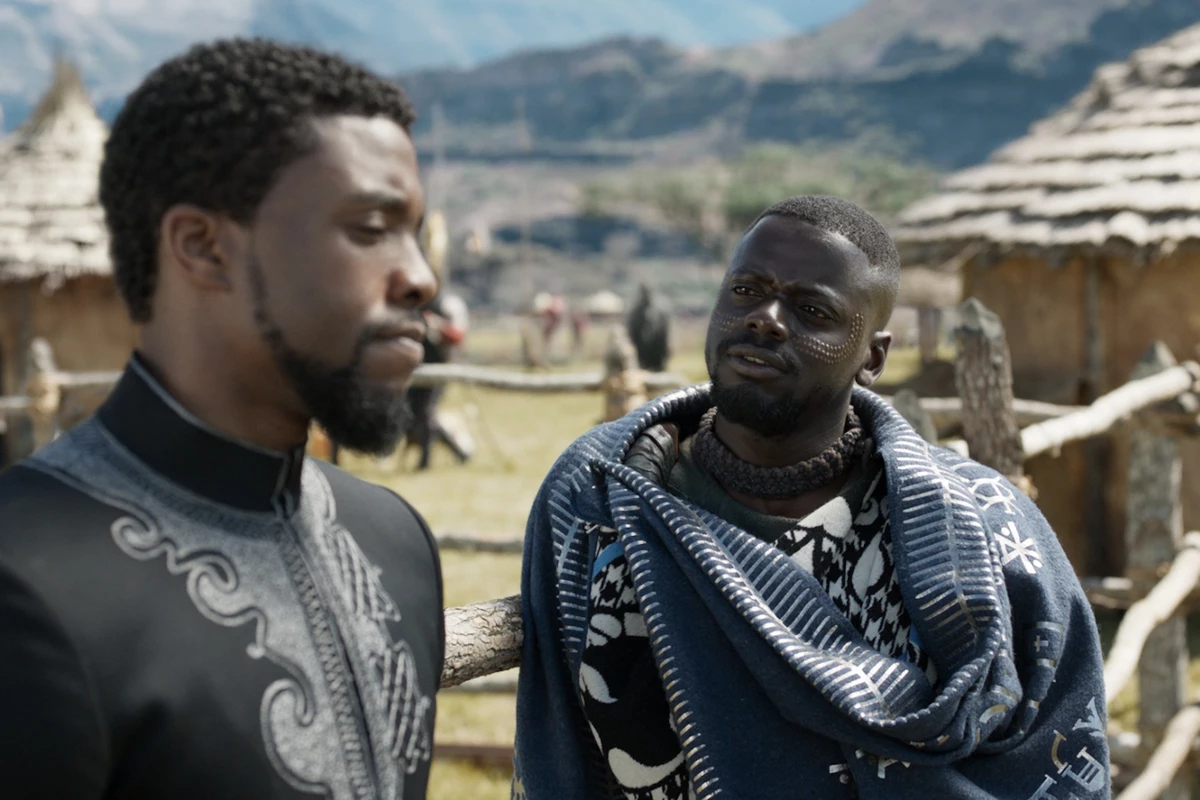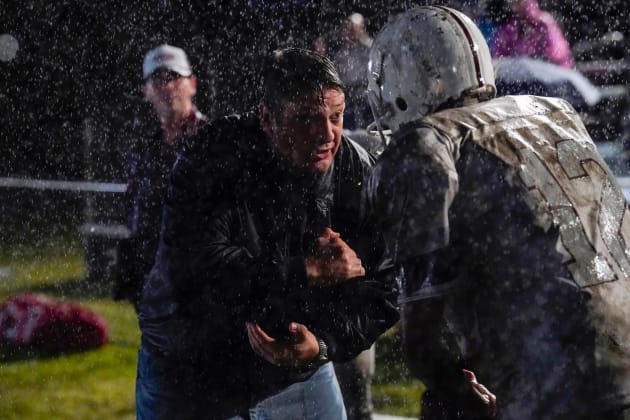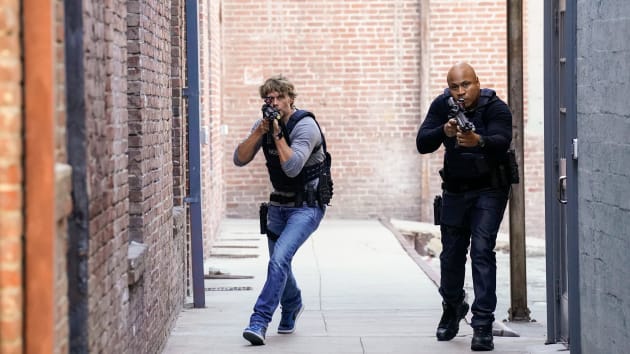OLD BETHPAGE – You’re given a uniform and you wonder if you’re worthy to wear it.
American soldiers died wearing this uniform. Some came back without limbs and countless others bore hidden scars, untold horrors of war, the somber definition of “unspeakable.”
You’re humbled as you slip the uniform on, self-conscious.
You’re now a war correspondent with Stars and Stripes. Armed with a typewriter, a pencil and pad, you hope the pen is truly mightier than the sword.
World War II re-enactors take visitors to the Museum of American Armor and transport them across time and space. These dedicated living historians vow to teach this story because they fear future generations will forget.
At this crucial time in American history, if we forget what it took for the world to defeat fascism, we dishonor the sacrifice of a generation of citizen-soldiers.
The dispatch you must send is this: There’s a way to leave Long Island for an hour and travel back to 1944 Normandy, just after D-Day. You will liberate German-occupied France as part of Operation Overlord, the greatest amphibious assault ever attempted.
In an hour you’ll be back in Old Bethpage, but you’ll never be the same. You’ll know that thousands of men died in the uniform you are not worthy to wear, and you are not allowed to forget them.
To forsake their memory is to encourage the very enemies of freedom that bay at our doorways, both then, and now.

A half-track protected by an American patrol is ambushed by unseen German attackers in the “hedgerows” of the “French countryside.” The elaborate staging at the Old Bethpage
Restoration Village performed by the volunteers makes the military encounter come to life. Photo courtesy Museum of American Armor
Ambush in the hedgerows
It’s 08:00 on an autumn Sunday and the convoy of armored vehicles await you. You were given a helmet and it’s heavier than you expected, making it hard to crane your neck. What would this protect? Your face is fully exposed. It wouldn’t even hide the fear in your eyes.
You’re heading out with members of the Long Island Living History Association, a brotherly band of re-enactors who have gone to great lengths to make this hour count for you. With remarkable attention to detail, they have transformed themselves into D-Company of the 41st Armored Infantry Regiment, 2nd Armored Division, during the Normandy Campaign in June 1944.
They are your escorts to tank battles and firefights fought in the French countryside nearly 80 years ago.
The Long Island setting is a near-perfect backdrop: the isolated open farm fields and wooden houses of Old Bethpage Restoration Village. Here, time and space are warped again. This part of Long Island is away from the noisy suburban sprawl, a bucolic quiet that will not last this overcast October morning.
You hear shots. A gunner perched above you wheels in the turret and returns fire from a .50 caliber machine gun. It’s jarring. The nearby earthen walls are reminiscent of the formidable hedgerows that divided farm fields and provide perfect cover for a Nazi hit-and-run attack.
You see the muzzle flashes. Men are shouting as they move toward the unseen enemy. More shots and machine-gun blasts. You resist the urge to flinch. You tell yourself this isn’t real.
It is real.
You are in an open vehicle known as a half-track with truck wheels on the front and a tank’s treads on the rear half. This one has a turret to lay machine-gun fire on the enemy. The seats are small and hard, designed for young men in good shape. You’re reminded again how you’re out of place and don’t belong.
It’s war: No one belongs in war.

An American M-8 opens re on a German Tiger caught in the open as infantry members
provide cover. Photo courtesy Museum of American Armor
The Tiger defends Saint Lo
We’re rolling again; the objective is to take the vital crossroads town of Saint Lo. The Germans have held it since 1940. An American Jeep is on fire up ahead. Members of “Dog” Company are waiting on both sides of the road, defending an intersection. They ask us for extra rations and ammo. A member of the French resistance, wearing the Cross of Lorraine as an armband, a machine gun strapped to his arm, provides the intel on enemy positions.
The company’s officers order a mortar attack. There’s return fire from the enemy in the distance, but it soon goes silent. Our rockets hit their mark; the threat was eliminated. Time to move.
There’s trouble ahead. The column, complete with infantry support now, rumbles into an open field. We’re greeted by a fearsome Tiger tank, an over-engineered marvel of the German war machine.
Our group takes fire from the woods. The men hit the deck and return fire.
The tanks open up on each other. Big blasts. Then more, and bigger; still more. Rifle fire rings out and shouts of “get down” follow from the non-coms. Clouds of smoke linger in the stagnant autumn air.
The Tiger is hit and smoking. Our Shermans move in for the kill. It’s over quickly.
There were nearly 50,000 Shermans built between 1941 and the end of the war. Relatively inexpensive to produce, they were the armored mobile bulwark of the allied advance. They were mass-produced by an assortment of American motor and railroad companies ranging from Ford to Pullman.
One-on-one in an open field, they were no match for the Tiger. But American mass production, money and unity of purpose, made them invincible in numbers. In the mid-20th century, the makers of cars and trains combined their ingenuity with dramatic results.
The M3A1 carrying our unit was built in Cleveland by the White Motor Company, maker of truck engines and tractors. But they didn’t make armor. Nearby was a manufacturer of steel plates that provided the armor covering for a range of military vehicles.
Your mind drifts. You wonder whether, in today’s business climate, such cooperation could be possible. How would we cope with our worker shortage? We don’t really make things anymore, and few of us know how to fix the cars we drive.
Who would do the work? Who would fight the fight? The re-enactors tell me that’s one part of their mission: Showing the next generation that sacrifice is one of the costs of freedom.

As a half track enters the open field amid tank fire, members of “Dog” Company take cover. Photo courtesy Museum of American Armor
House-to-house fighting, and loss
We can’t stop. The column presses on for Saint Lo, the vital hub we’ll need to secure to make the final push toward the deep-water port of Cherbourg.
Members of Dog Company search Old Bethpage Village, going house-to-house in teams. Others follow close to the convoy. German forces are certain to be here. They must hold Saint Lo, which in another month will bear the grim nickname: “The Capital of Ruins.”
And the shots ring out. Do soldiers ever get used to gunfire? Learn not to flinch? Does the Army teach a way to steel yourself from panic?
The skirmish in Saint Lo is over quickly. There are bodies here, mostly German soldiers. But I watched a young American boy get hit and collapse to the ground. He didn’t twitch or move as our half-track rumbled past his body lying beside the road in the uniform I don’t deserve to wear.
Jim Michaud spent 33 years as a Nassau County corrections officer. Jim Lennon was a New York City cop for 26 years. They founded the LILHS in 2008. Their mission: educate the public, especially the young, about the life and times of the common soldier and “to understand the service, sacrifice and duty that our military provides to keep us safe,” Michaud said.
Lennon wears the uniform of a first lieutenant; Michaud portrays the company’s first sergeant.
“We’re all feel self-conscious,” Lennon said about wearing the uniform. “As living historians, sometimes we’re out in the cold and sleeping on the ground for a day, not years, and not with enemy shells raining down, and watching your buddies get killed.”
“We can’t recreate death and extreme violence,” he said. “It’s theater. But it’s important, especially in these times with people so fragmented, that we continue (the re-enactments). It’s a story that must be told.”
“We do get veterans who come to see this and give us a thumbs up.” Michaud said. “That means a lot to us. We’re trying to get it right. Sometimes we get recruits.”

A burning American Jeep provides temporary cover for two members of the 2nd Armor Division. Photo courtesy Museum of American Armor
Returning to the 21st century
We are a nation divided.
There are extremists on all sides clamoring for a fight. Some will claim our elections, the very practice of democracy, are being stolen. There is no evidence of that, and yet the poisoned disinformation spills into mainstream discussions. Propaganda threatens freedom, too, much like the racist, antisemitic hatred of the Nazi regime came to threaten the entire world.
Hatred like that must be put down. You ask: “Who will step up and fight it? If not you, then who?”
It’s 09:00. We’re headed back to the museum. There is time to reflect before we return our uniforms and helmets and rejoin the 21st century.
If you read their correspondence home, the Greatest Generation wrote letters of longing to sweethearts, told their parents how sweet their homecoming will be.
In that half-track, dangling between the past and present, you have the strangest urge to text the people you love, to tell them what just happened, to tell them how you feel. Sometimes, the censors cut the heart out of such letters.
I hope this message gets through to you. For now, it’s the best I can do.
With special thanks to living historians and docents Jim Lennon, Tom Miccio, Jim Michaud, Kevin Carroll and Gary Lewi.
jdowd@libn.com

At a crossroads near Saint Lo, the column passes an American jeep hit by enemy fire. Photo courtesy Museum of American Armor
You might call it an historic partnership.
The synergy between the Museum of American Armor and the Long Island Living History Association is an object lesson in how nonprofits can make the effective use of their volunteers to attract public interest and financial support.
Long Island’s museums are big business and one of the key components of the tourism industry here, experts said.
“Beyond the beaches and parks, museums are one of the reasons you have a tourism market,” said Michael D. Sapraicone, senior Armor Museum trustee. “We have many unique museums on Long Island, and this is one of them.”
Many museums are struggling to connect with modern audiences who are glued to their smart phones and have limited historic knowledge of the previous century.
“The ability to have dedicated living historians bring it all to life and by using these very impressive vehicles as part of their presentation is bigger than the sum of its parts,” Sapraicone said. “To hear the rumble of a Sherman tank is one way to do that. We draw visitors from England, France, Germany and Asia. We are part of the fabric of the tourism economy here.”
The museum also serves to bring attention to the Old Bethpage Village Restoration, the county’s long-standing attraction that details life in 19th-century Long Island. Attendance there has also grown because of the museum’s partnership, volunteers said.
The partnership with LILHA is vital to bringing all the aspects of the armor experience to life.
LILHA was founded by Jim Lennon and Jim Michaud in 2008 with the mission of educating the public about the “life and times of the common soldier” during war.
LILHA now has 100 members who take the job seriously. They spend thousands of dollars on replica uniforms and vintage equipment and go to great lengths to get it right.
Members study the era and the people they are portraying to present an accurate impression of a soldier fighting at a specific time in a particular theatre of war.
Details matter: You won’t find a Bic lighter among these living historians. They carry Zippos, the standard issue cigarette lighter of its time. There are thousands of such details.
Operating antique armored vehicles and “firing” off old weapons requires long hours of rehearsal. What appears to the audience as spontaneous action is, in fact, highly choreographed, precision-timed, open-air theater. Even the sequence of the interactions between D-Company’s solders and their audience are scripted.
“There’s no ad libbing,” Lennon said. “No going off script.”
Safety is a primary concern, especially when dealing with explosives and massive armored vehicles moving alongside teams of “infantrymen.” LILHA’s leaders are in radio contact with other key players along the route, ensuring blasts go off on time and that team sticks to a schedule. Licensed experts manage the big bangs.
The Museum of America Armor has an impressive array of vintage armored vehicles along with period uniforms, artifacts and equipment. The “barn” at the Old Bethpage Restoration has an authentic feel and holds the slight scent of diesel fuel and rubber. Both institutions believe education is at the center of their mission. The partnership grew over time to incorporate the living historians into the fabric of the museum.
D-Company represents members of the 41st Armored Infantry Regiment, 2nd Armored Division during the Normandy Campaign in the summer of 1944. The 2nd Armored landed in France three days after D-Day and was thrust into the fighting, working their way against German resistance in the Hedgerow Country, dense foliage that restricted U.S. tank movement and visibility.
The program, named the “Armored Experience,” takes civilian riders in authentic WWII vehicles on a “patrol” in Normandy in 1944. Tanks, armored cars and half-tracks make up the convoy of a dozen vintage war machines.
The living historians are the first to say that what they do is intended to send a vital message to the public, particularly young people.
An estimated 29,000 American service members were killed in the Normandy invasion and the following breakout through northern France from June 6-Sept. 14, 1944. Another 106,000 were wounded or missing.
“It is a thrilling and yet somber ride for the public riders to get a better understanding of the role of our soldiers and the sacrifices that it cost to eliminate evil,” Michaud said.
“Our mission is to not let the men and women who served in all of our conflicts be forgotten.”
Sapraicone said the museum would not have been possible without the vision of founder and President Lawrence Kadish, who provided principal funding for the Museum of American Armor.
– JOE DOWD
About The Museum of American Armor

Photo courtesy Museum of American Armor
- The Armor Experience will resume monthly in 2023 between April and November. The museum requests a $125 donation to cover expenses.
- The Battle of the Bulge will be remembered this December, observing the terrible WW II battle near the Belgian town of Bastogne that turned aside the last major Nazi offensive on the western front.
- Plans are underway for World War II Encampment Weekend Spring 2023, which has previously drawn 7,000 visitors over the two-day event.
- The Armor Museum welcomes volunteers who wish to become a docent or assist in vehicle maintenance. They can be contacted through their website www.museumofamericanarmor.com
- The museum, located at 1303 Round Swamp Road, Old Bethpage, just inside the gates of Old Bethpage Village Restoration, is open year-round. Winter hours are Friday-Sunday 11 a.m. to 3 p.m.















































































